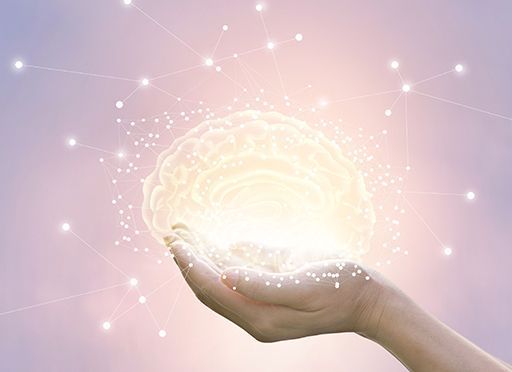Bridging the Gap: Microlearning, Deep Learning and the Battle for Attention

In a world where human attention spans are falling below that of a goldfish, as per Microsoft’s 2015 report, we are becoming a society that depends on instant gratification and information on demand. Consequently, learning must be compact, personalized and accessible when and where needed.
Microlearning, the segmentation of learning content into digestible units intended for swift consumption, fits neatly with our tech-integrated lifestyle and the need for just-in-time information. It allows us to incorporate short, manageable learning tasks into our daily routines, turning our downtime into valuable learning opportunities. At least, that’s the idea.
But the convenience of this tech-driven learning modality may come with a price. According to a recent review, the surge in global interest in microlearning correlates with the decline in our collective attention span. This raises critical questions: is microlearning merely our adaptation to a rapid, distraction-ridden lifestyle, providing a remedy for intense time pressures? Or does it contribute to these developments by promoting fragmented learning experiences at the expense of deeper cognitive and emotional engagement? Even if there are no causal links:
The apparent correlation between microlearning and our struggle to stay focused amidst unmanageable workloads illustrates the paradox of our times: the need to digest information quickly yet comprehensively.
As we grapple with these issues, we must look beyond the convenience of microlearning and examine its relationship with deep learning: How can we reconcile the need for speed in professional development with the quest for profound understanding that bridges the gaps between the knowledge we seek, the skills we need to acquire, and the limitations of our increasingly fractured focus?
- Maintaining Focus at a Time of Constant Digital Disruption
- Understanding Microlearning: Modern Learners and the Need for Speed
- Benefits and Drawbacks of Microlearning in Fast-Paced Work Environments
- Pro #1: Microlearning Provides Flexibility and Convenience
- Pro #2: Microlearning Can Improve Knowledge Retention
- Pro #3: Microlearning Can Prevent Cognitive Overload
- Con #1: Microlearning May Lead to Surface Learning
- Con #2: Microlearning Can Limit Meaningful Engagement
- Con #3: Microlearning Might Contribute to Focus Fragmentation
- How To Create Deep Microlearning Experiences
Maintaining Focus at a Time of Constant Digital Disruption
Whether the microlearning trend is a potential cure for our attention deficit, part of a bigger problem, or both is difficult to determine. But one thing is clear: the trend does not exist in a vacuum. To understand the context in which it thrives, we should look at the key factors influencing our digital ecosystem and their implications on our learning preferences.
Here are three core elements to consider:
1. Attention Deficit Problems
Author Gloria Mark offers fascinating insights into our shrinking attention spans. As her research illustrates, we can only sustain our focus for 47 seconds when engaging with a single screen or project. After that, we switch to another task, either provoked by external digital disruptions, such as email notifications, or internal distractions, such as the urge to check our phones. This behavioral pattern, Mark explains, is frequently mislabeled as “multitasking.”
The problem with task-switching is that once we’re interrupted, it takes us an astonishing 25 minutes, on average, to reorient ourselves and fully return to the original project.
This cognitive switching cost reduces our productivity and increases stress levels. In other words, what we sometimes proudly call multitasking is a highly prized coping mechanism to deal with the demands of the information age.
But not all disruptions are external. Some are built into our digital tools, holding us captive in an endless cycle of technology addiction. Johann Hari explores this phenomenon in his book Stolen Focus, which examines the concept of “infinite scroll.” Invented by Aza Raskin, this feature keeps us perpetually engaged on platforms like Facebook and Instagram, costing us significant chunks of time every day.
The manipulative design of addictive technology robs us of our focus. It feeds our susceptibility to misinformation and negative emotions, making it even harder to escape the focus-diverting digital trap.
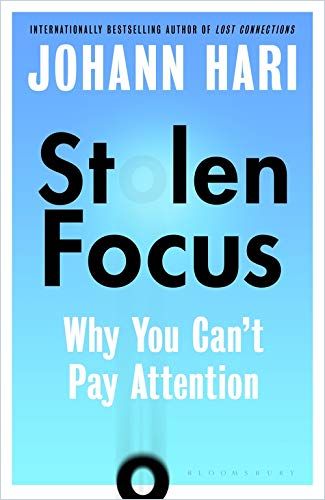
2. Unmanageable Workloads
Amidst this process of attention fragmentation, our workloads have grown exponentially. A stark 38% of workers report feeling burdened by “unmanageable” workloads, reflecting enduring staff shortages in many industries. This persistent pressure isn’t just about numbers; it’s deeply entwined with our emotional and mental well-being, causing chronic stress and burnout. The irony is that while we juggle these overwhelming tasks, we’re simultaneously expected to learn and upskill in our limited free time.
So, how do we reconcile our need for continuous learning with the reality of our overburdened work lives?
3. Endless Upskilling Demands
The push for relentless upskilling, fueled by rapid advancements in generative AI, adds another layer of complexity to this problem. During these unpredictable times, pressures to remain up-to-date can catalyze elevated stress levels, self-doubt, and even mental health decline, as professionals struggle to identify skills that will remain relevant in the future.
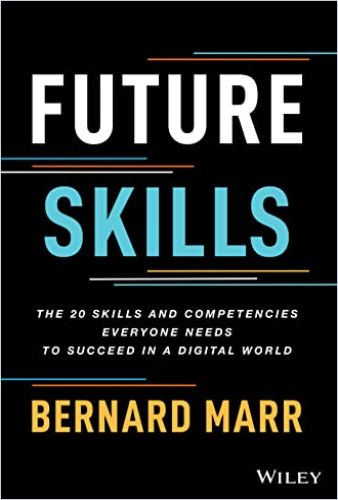
This race to upskill in a shifting technological landscape can instigate a battle within ourselves: juggling the drive to keep learning and the fear of falling behind. This inner struggle breeds an uncertainty that can erode self-confidence and fuel a perpetually anxious state of mind.
In this context, Edward D. Hess’s concept of “hyper-learning” becomes a vital lifeline. He argues that the key to navigating the upskilling storm is lifelong learning focused on areas where humans outperform AI – creativity, collaboration, and critical thinking. “The opportunity exists,” he writes, “for all of us to continually rewire our brains, update our mental models and improve our thinking.” But we must reinvent ourselves at an unprecedented pace today and accept this as our new normal.
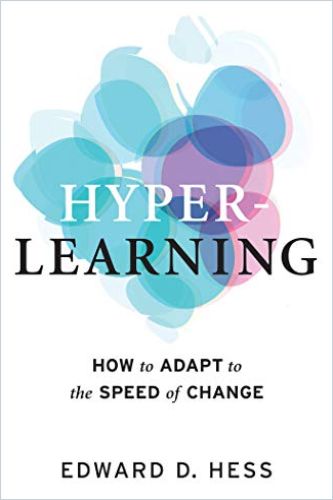
Understanding Microlearning: Modern Learners and the Need for Speed
Given these dramatic shifts in the ways we live and work, it’s no wonder that our approach to learning has been radically reshaped.
Enter the ‘modern learner’ – a persona who is time-strapped, overwhelmed by tasks and information, but eager to acquire new knowledge and skills.
Other characteristics include:
- Being constantly busy, easily distracted, and desiring personalized learning solutions that provide the flexibility of quick-fix learning anytime, anywhere.
- Balancing multiple commitments while utilizing technology and various devices to communicate, learn, and work in the digital sphere.
- Navigating the new normal of remote and hybrid work environments, which have transformed from luxuries to absolute organizational necessities.
- Feeling overwhelmed not just by the sheer volume of tasks but also by the discrepancy between anticipated and actual outcomes from modern learning strategies.
Against this backdrop, it’s understandable that microlearning appeals to modern learners more than ever with its promise of short, manageable learning bursts.
Microlearning vs. Macro Learning vs. Deep Learning: What’s the Difference?
Microlearning and macro learning represent opposite ends of the learning spectrum, with microlearning involving bite-sized, high-impact learning chunks and macro learning covering wider areas with a greater time investment.
Macro learning serves well for understanding complex subjects, whereas microlearning provides just-in-time learning opportunities. However, the two approaches can also work in tandem, with microlearning filling knowledge gaps and reinforcing concepts learned in a more structured, long-term training program.
By contrast, deep learning – understood in the educational, not machine-learning sense – is more than a broad, prolonged learning approach. It involves cultivating higher-order thinking skills, such as analyzing, evaluating, and creating, in line with Bloom’s Taxonomy. It connects previous and new knowledge, applies theoretical ideas to everyday experiences, and organizes content coherently.
So, by reinforcing concepts and filling knowledge gaps, microlearning can effectively contribute to deep learning by facilitating the integration of new knowledge with existing understanding.
The Role of Microlearning in Other Learning Designs
Microlearning intersects with various learning designs:
- Agile Learning focuses on flexibility, collaboration, and continuous improvement, aligning with microlearning’s iterative content delivery and collaborative possibilities. It promotes speed and learner involvement, key elements of microlearning.
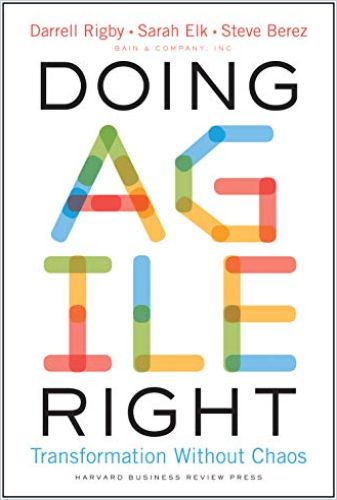
- Adaptive Learning uses technology to adjust learning content in real time based on a learner’s performance, making it responsive to the learner’s needs and progress. Integrated into this approach, microlearning could provide dynamic, bite-sized learning nuggets to address short-term learning objectives.
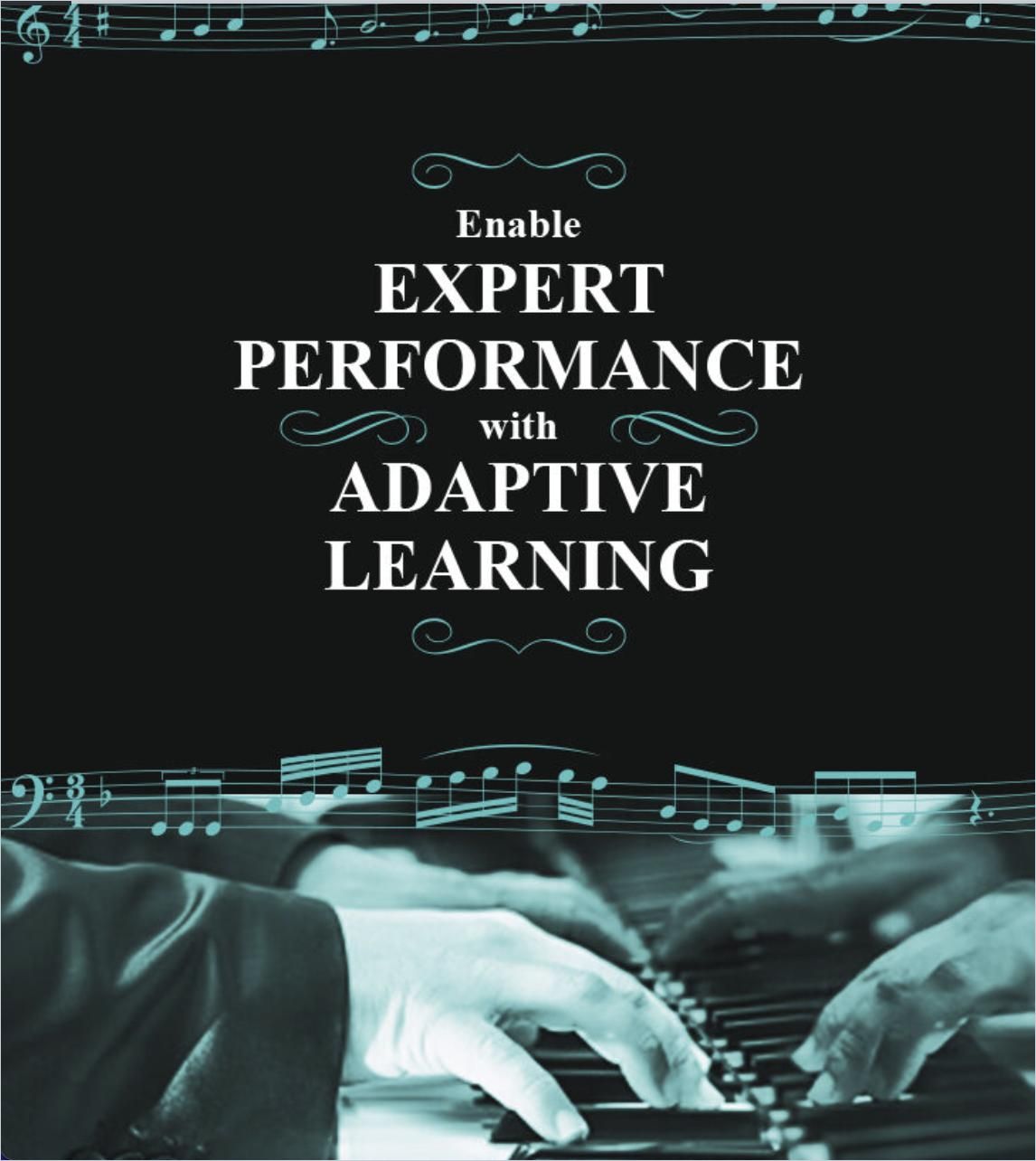
- Personalized Learning involves tailoring learning paths according to individual needs and learning styles. Unlike adaptive learning, which is reactive, personalized learning requires an understanding of learners’ profiles beforehand. Microlearning can play a role here, offering personalized, flexible, and immediate learning solutions.
This interplay of microlearning with other methodological approaches underscores the need for mindful application in today’s L&D world.

Benefits and Drawbacks of Microlearning in Fast-Paced Work Environments
The list of potential advantages and disadvantages of microlearning is long. Let’s explore the ones most relevant to our time-strapped, tech-fueled work environments.
Pro #1: Microlearning Provides Flexibility and Convenience
The most obvious advantage of microlearning is its agility, as it aligns with the dynamic work rhythms of modern professionals. Its convenience lies in its multi-device compatibility and on-demand availability, providing practical learning pathways amidst escalating upskilling demands.
Pro #2: Microlearning Can Improve Knowledge Retention
Ebbinghaus’s Forgetting Curve uncovers the grim fact that we forget up to 76% of new knowledge within a month. But, the unique structure of microlearning can mitigate this loss. Using spaced repetition, learners revisit key points at determined intervals, reinforcing neural pathways and cementing knowledge in long-term memory. Interestingly, this approach yields four times higher retention rates.
Additionally, microlearning’s compact modules facilitate precise remediation. This approach empowers learners to revisit specific knowledge areas without the burden of reviewing entire courses, promoting time efficiency and better learning outcomes.
Pro #3: Microlearning Can Prevent Cognitive Overload
“Our brains simply aren’t designed to absorb massive portions of complex information in one sitting,” warns getAbstract’s Jana Eicher. The solution, she suggests, lies in the targeted, concise learning experiences offered by microlearning, designed to avoid overwhelming our working memory.
As we delve deeper, John Sweller’s Cognitive Load Theory provides a useful theoretical lens to examine this further. It emphasizes managing intrinsic and extraneous cognitive loads for effective learning, a balance that microlearning seeks to achieve by breaking down complex tasks into manageable chunks and excluding non-essential information. This prevents cognitive overload and makes learning more impactful.

But in an era where learning is framed by constant digital disruption, shrinking focus, and mounting work pressures, it’s also vital to consider downsides.
Con #1: Microlearning May Lead to Surface Learning
While microlearning is beneficial for reinforcing knowledge and skills, one potential drawback might lie in its depth. It’s unclear, for instance, whether or not it engages higher-order thinking skills, such as:
- Applying: using information in new situations
- Analyzing: breaking information into parts to explore understandings and relationships
- Evaluating: justifying a decision or course of action
- Creating: generating new ideas, products, or ways of viewing things
This gives rise to the apprehension that microlearning might primarily promote surface-level learning without fostering much critical thinking, innovation, or the broader intellectual agility necessary in today’s fast-paced work environments.
Con #2: Microlearning Can Limit Meaningful Engagement
In light of Constructivist Learning Theory, which postulates that learners actively construct knowledge and meaning from their experiences, microlearning may inadvertently limit such meaningful engagement. Is the condensed microlearning format adequate in offering learners ample opportunities to integrate new knowledge with their existing understanding? Can it foster intellectual and emotional engagement, or does it oversimplify the learning process and, thereby, reduce the depth of comprehension?
Invoking Hess’s concept of “hyper-learning” again reinforces these concerns. As Hess states, “People can’t learn alone, and their best thinking occurs with others.”
Microlearning’s condensed structure might not provide the collaborative environment for individuals to construct meaningful knowledge and cultivate the active engagement, collaboration, and autonomy that define meaningful learning experiences.
Con #3: Microlearning Might Contribute to Focus Fragmentation
Finally, it is often assumed that microlearning solves attention span issues by providing brief, targeted content that is easy to digest. However, there is no conclusive evidence to support this claim.
The atomized nature of microlearning may make it challenging for some learners to understand how smaller information pieces fit into a broader context, as the frequent transitioning between topics can disrupt the natural cognitive flow, potentially leading to fragmented comprehension. Add to that the regular shifts in focus associated with the learning method, and you have a scenario where learners might struggle to maintain concentration.
If not carefully managed, microlearning risks becoming another source of digital disruption in a world already saturated with incessant informational stimuli.
How To Create Deep Microlearning Experiences
So, how do we reconcile microlearning’s short-term focus with the need for deep and sustainable learning, especially when today’s fast-paced world often fragments our attention?
While this complex question merits further investigation, the following seven tips could be a starting point for creating impactful microlearning experiences.
1. Relevant Contextualization
Craft your content into a meaningful learning journey by aligning it with your learners’ daily work rhythms and patterns. Ensure that the learning is not abstract but directly connected and applicable to the real-life scenarios and challenges your team members face.
2. Multichannel Delivery
To optimize the depth of your microlearning offers, strategically deploy a mix of delivery channels that align with the learners’ preferences. The key is to provide content in the right format, at the right time, and tailored to the learners’ context to ensure each learning moment forms part of a resonating, interconnected learning ecosystem.
3. Content Variety
Engage your learners with a symphony of content types – quizzes, flashcards, mini-courses, and push notifications are just a few examples. This requires you to adapt the format according to the learning context and the platform you are using. However, it’s also worth noting that too much variety, especially with features like push notifications, can overwhelm or annoy learners. Therefore, a well-curated approach that carefully considers each content format’s frequency, type, and relevance is essential to ensuring a positive, engaging microlearning experience.
4. Question-Driven Learning
Instead of leading with content, lead with thought-provoking questions that stimulate deeper thinking and curiosity. Use the power of questions to turn the learning process inside-out, inviting learners to wrestle with a concept before providing answers.
5. Meaningful Engagement
Foster meaningful engagement by embedding rich multimedia into your learning modules. Interactive content such as images, videos, and applications that resonate with learners on an emotional level can make the learning process more immersive.
Another powerful strategy to consider is incorporating storytelling into your microlearning modules. Bites of information woven into a clear narrative thread create a compelling story arc. This engagement technique makes learning experiences more memorable, easier to follow and increases engagement levels by transforming otherwise discrete facts into a coherent, captivating learning journey.
You can read more about the power of storytelling in learning and development here.
6. Intrinsic Motivation
Harness the power of intrinsic motivation. Gamification tools are more than external reward sources. They can also increase the inherent enjoyment of learning. Encourage autonomous participation through friendly competitions and challenges that are intrinsically rewarding.
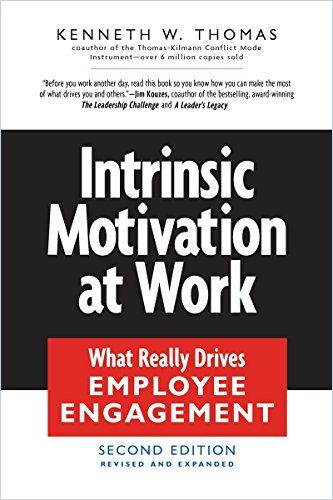
7. Synthesis and Application
To stimulate the synthesis of new ideas, encourage learners to make connections between disparate pieces of information. Applying knowledge to real-world scenarios can foster higher-level thinking skills and deepen the learning experience.
Will this mend our fractured focus and restore the balance between swift information intake and deep learning? Not necessarily. But it could be a micro-shift in the right direction.








